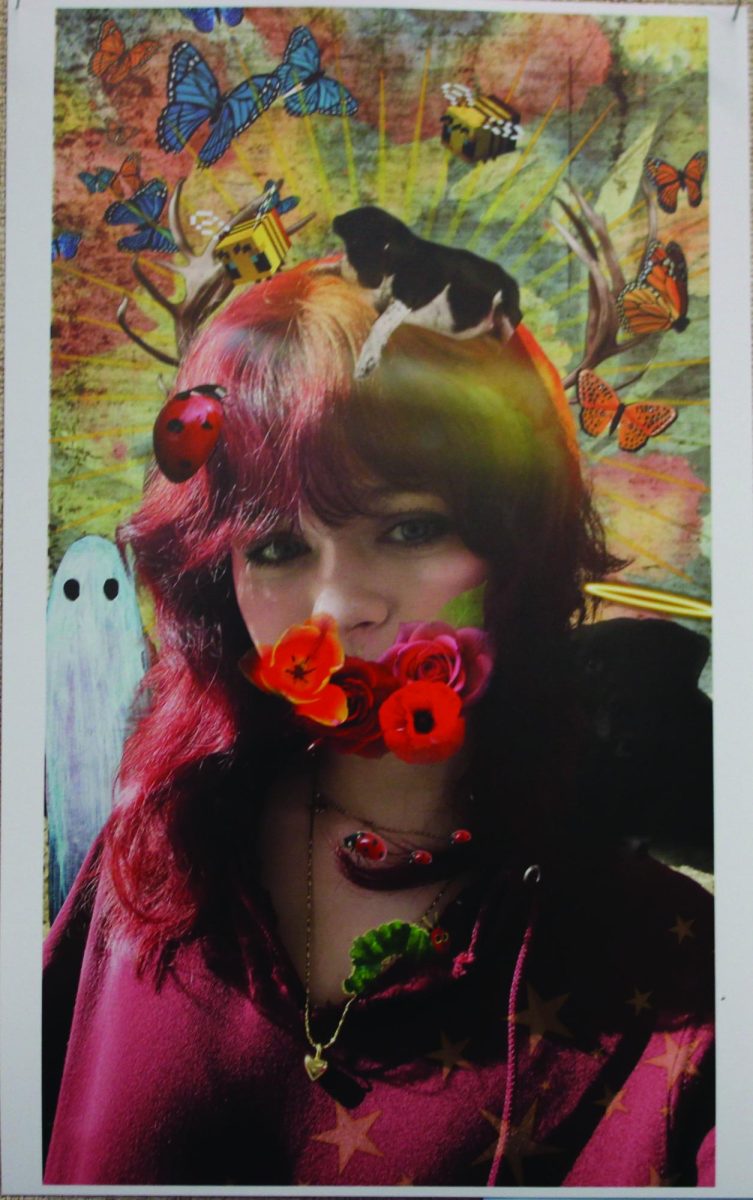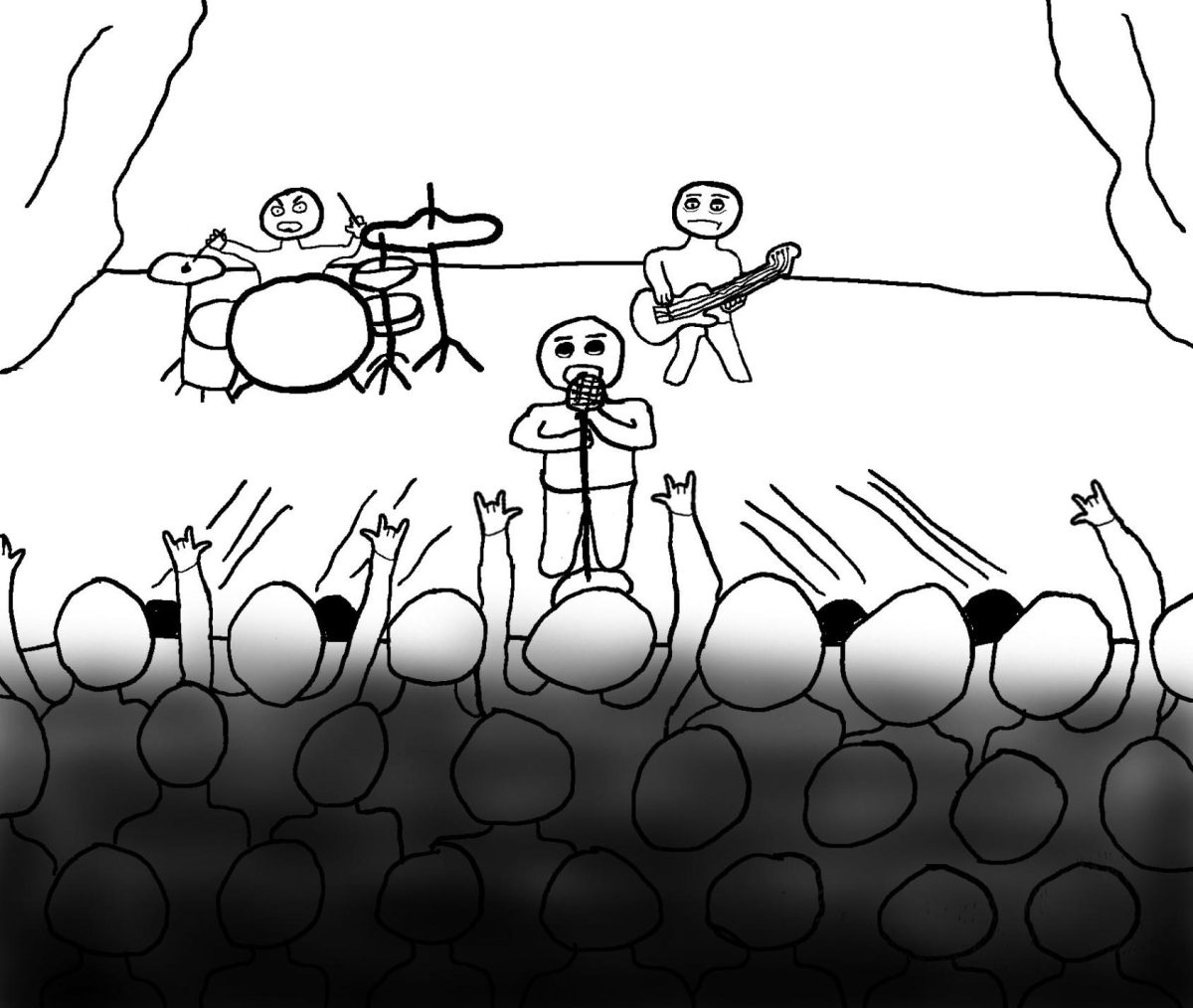Being an avid horror movie viewer, I look forward to dragging my jumpy friends to the theaters to watch my favorite slashers on the big screen. Sometimes, though, I think back to the days when I was the one covering my eyes at every foreboding step coming from the fictional basement doorway, my stomach turning at the slightest creak.
From one former wuss to another, here are some things to keep in mind while watching that dreaded scary movie your friends decided to put on, regardless of your objections:
As obvious as this may sound, it’s all fake. Horror movies are just fantastical stories intended to scare, shock, and thrill the audience with an added layer of soundtracks and special effects to make the flicks more appealing to the eye and ear. In new age thrillers, CGI (Computer-generated imagery) is used by editors to create realistic representations of gore without the actual cost of SFX artists. Some films, however, go old school and include practical effects that consist of items you may have, like corn syrup, dish soap, and red food coloring. Either way, thinking that Carrie was covered in a mixture of syrup and dye rather than real pig’s blood can leave you a little more at ease.
Now I get it, this may not be the type of reassurance that helps you sleep at night. It still may look realistic, and that’s the freaky part. Separating the actor from the character may help in snapping yourself back into reality. Being able to make that distinction takes the realness out of the movie, and you are better equipped to do this as you get older. Let’s take a look at Matthew Lillard from the hit franchise “Scream” who plays Stu Macher. Depicted as a goofy, insensitive follower who was devoted even in death to his best friend, Billy Loomis, Matcher is the secondary antagonist and one of the infamous killers in the first film. When you take Lillard out of this role, though, you realize that he is just another lighthearted actor who you probably recognize from other childhood hits, like the live action “Scooby-Doo,” made in 2002. Shaggy can do no wrong, right?
Of course, separation doesn’t work for everyone. Following the movie up with a distraction from the gore like a funny clip or TV show can leave your mind trailing off into another direction to get some shut eye. I would watch a scary movie and immediately follow it up with a comedy. Years ago, that was the only way I could guarantee the ability to fall asleep that night.
If you’re persistent in conquering your fears, starting out small with less heavy flicks can be a good gateway to becoming more tolerant of horror. Filmmaker Tim Burton makes phenomenal PG to PG-13 creepy classics, like “Beetlejuice” or “Coraline”. The dark fantasy worlds of “Nightmare Before Christmas” and “Corpse Bride” are the perfect runway entrance to the world of malevolent film themes. Diluted films like these are good stepping stones for making it to the classic live action thrillers, and eventually the staple slasher movie series.
It all comes down to this: Getting over your fear comes with maturing and realizing that life is much scarier than anything they put on screen. Only by confronting the uncomfortable are you able to control how you learn to react to your fears. Over time, conquering your fears becomes easy. You just have to want it bad enough.





















![Movie poster for '[Rec]" (2007).](https://www.lionnewspaper.com/wp-content/uploads/2023/04/rec-640x900.jpg)



